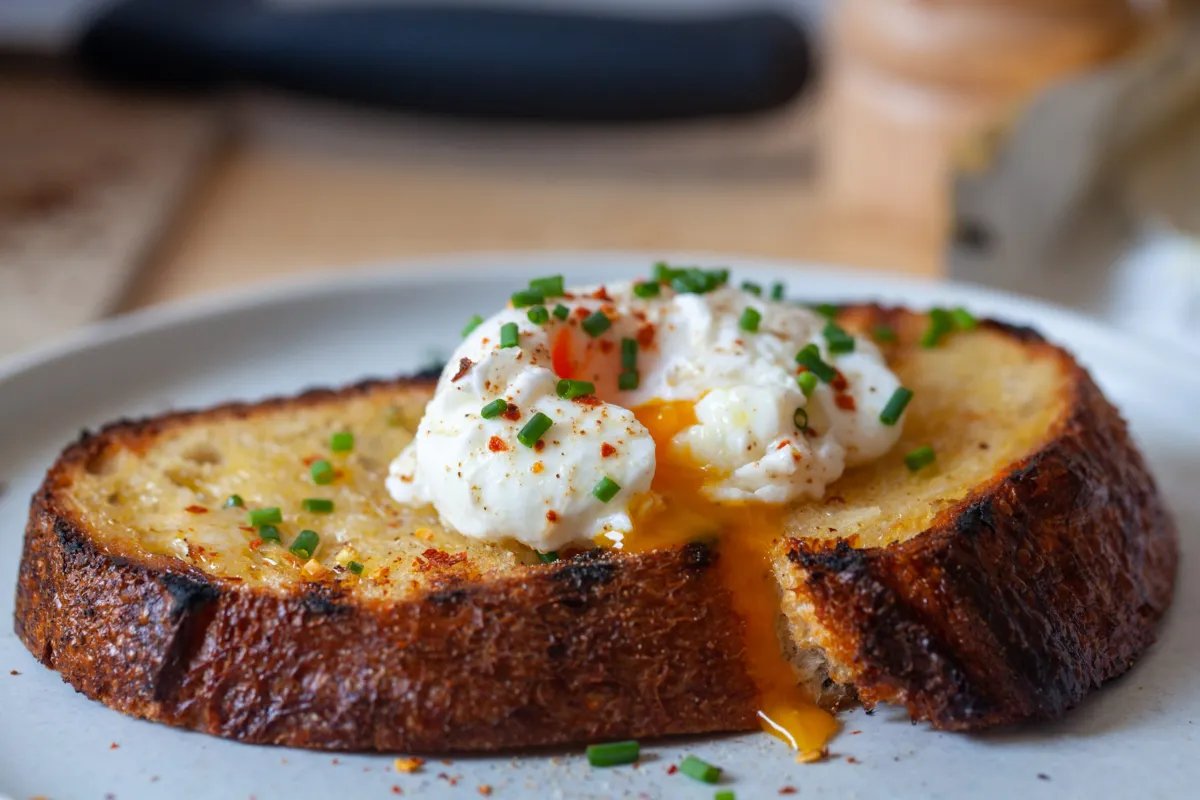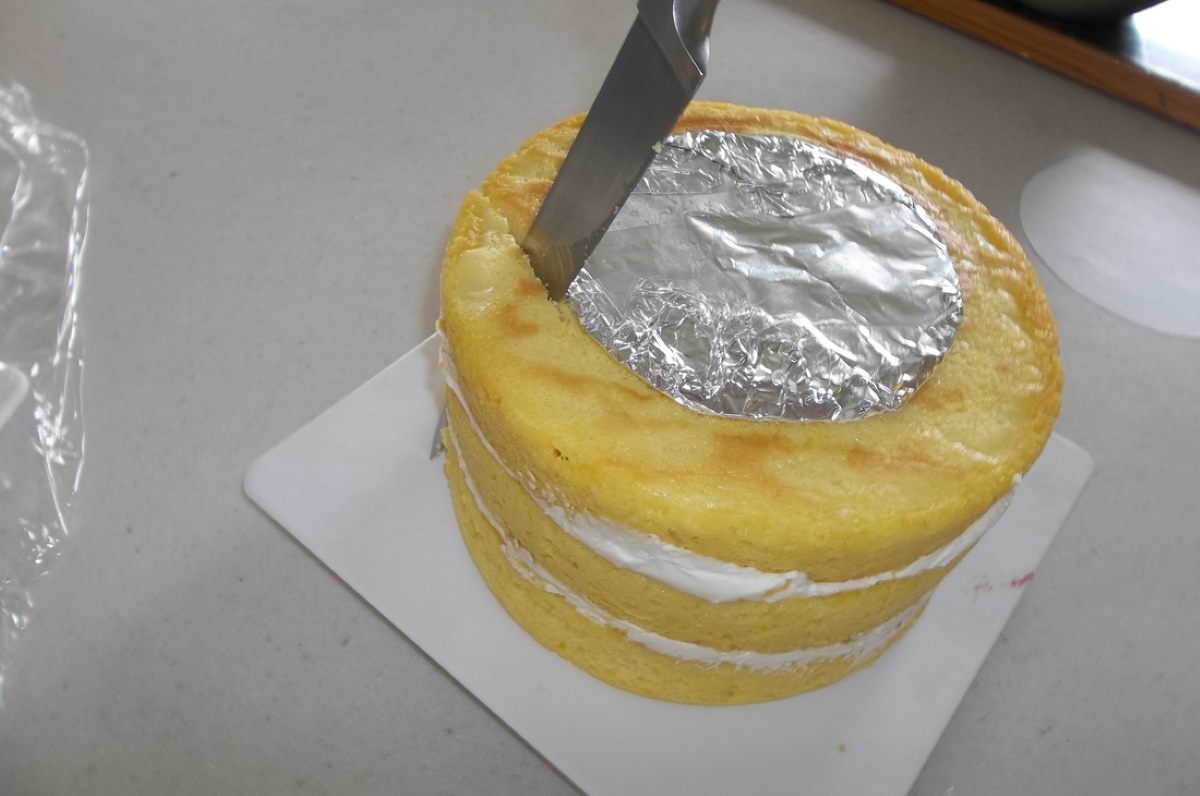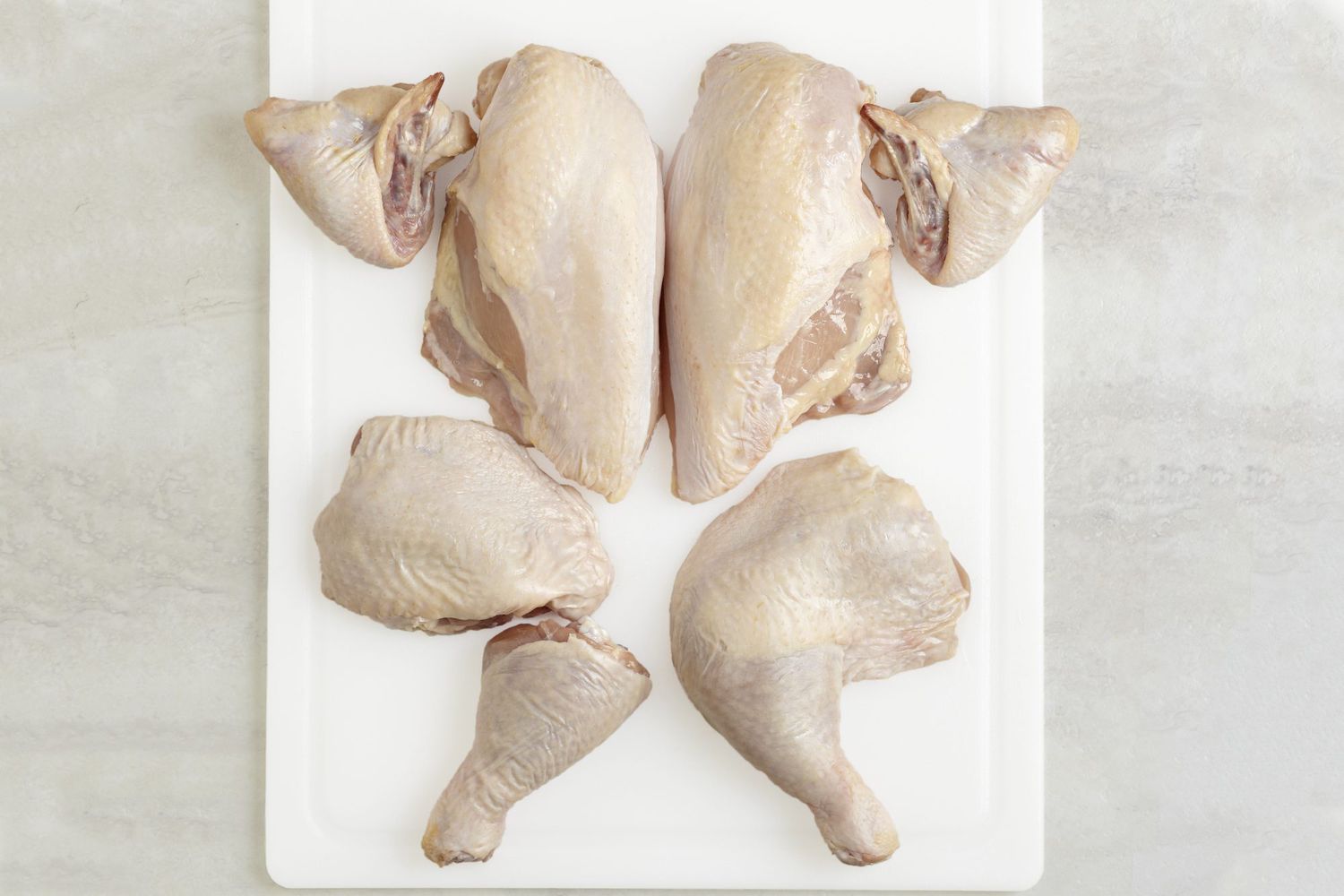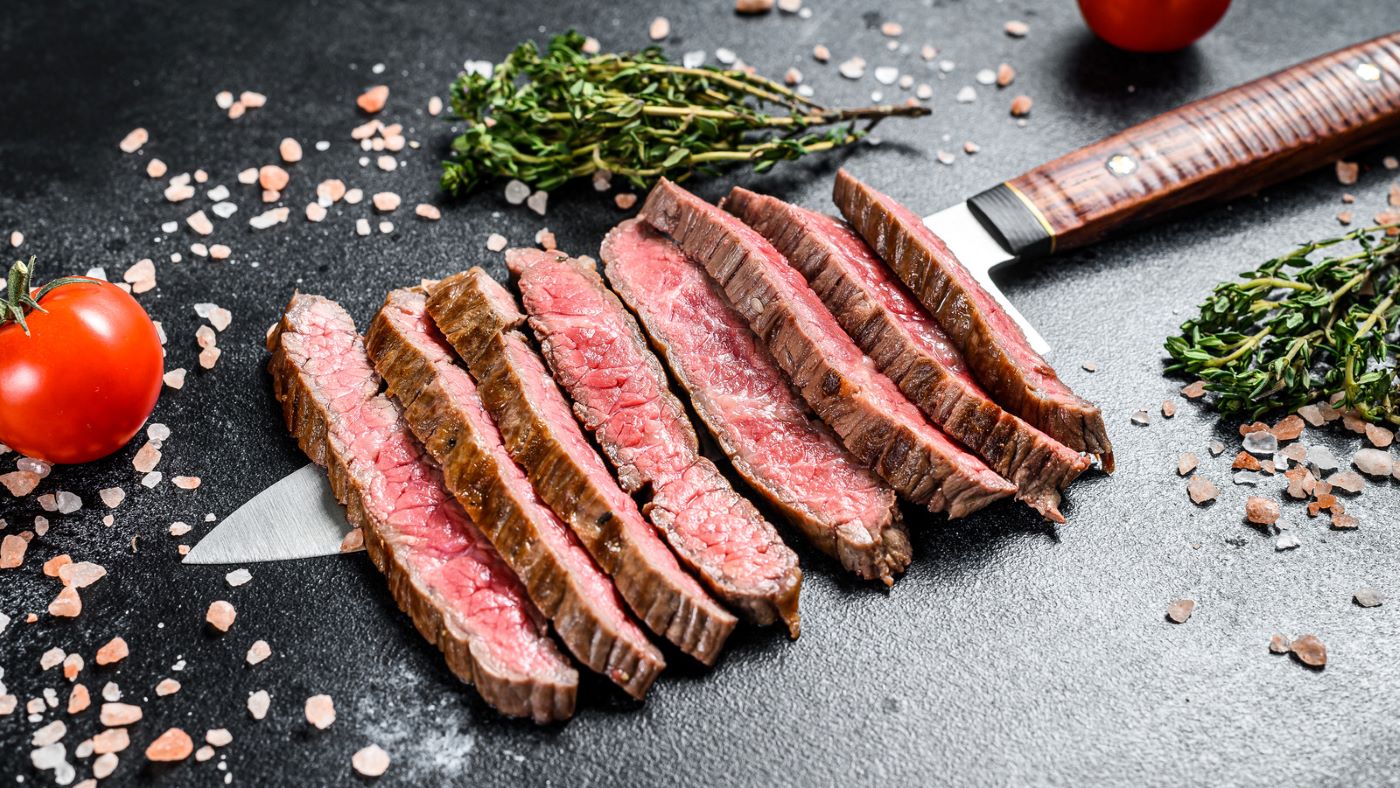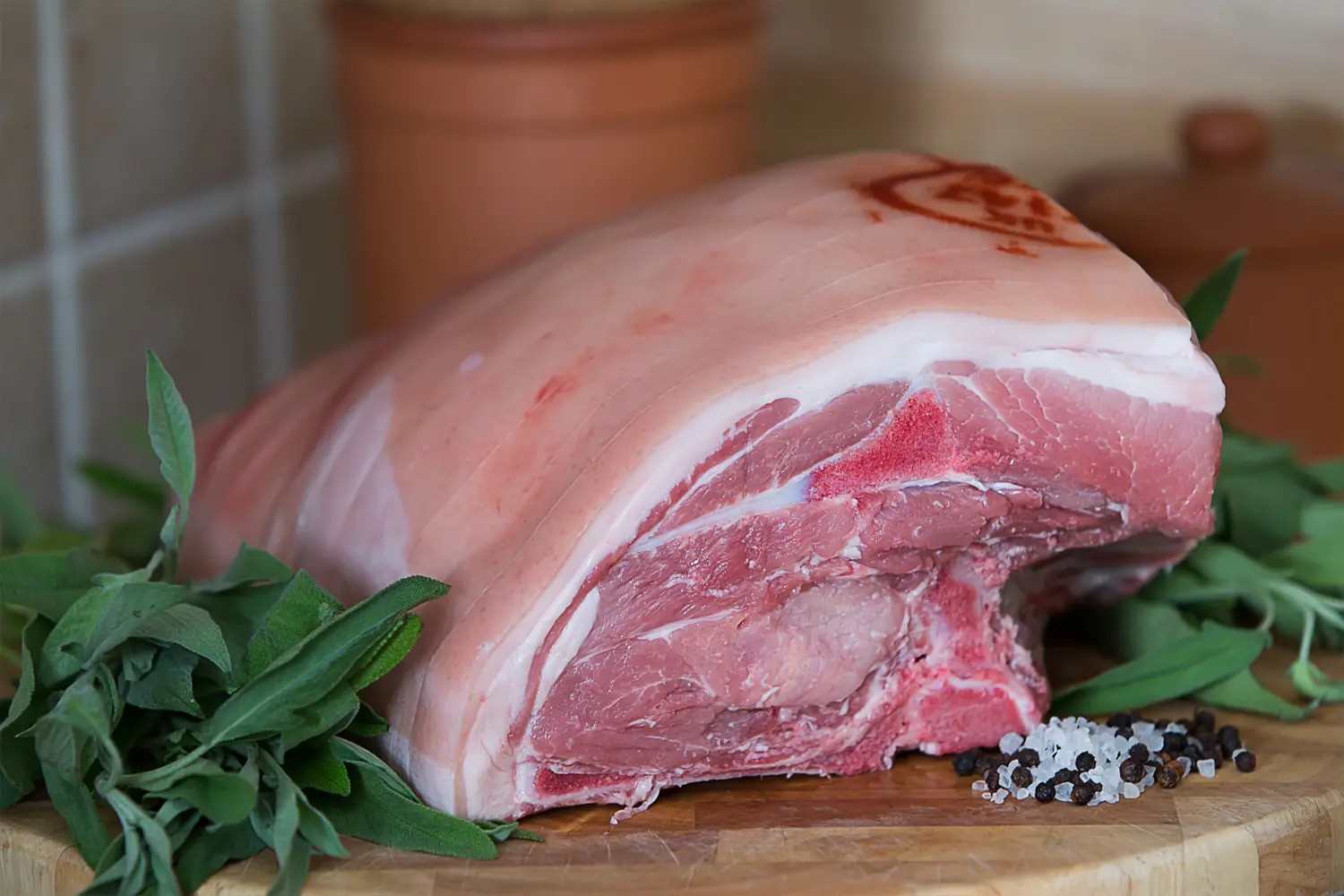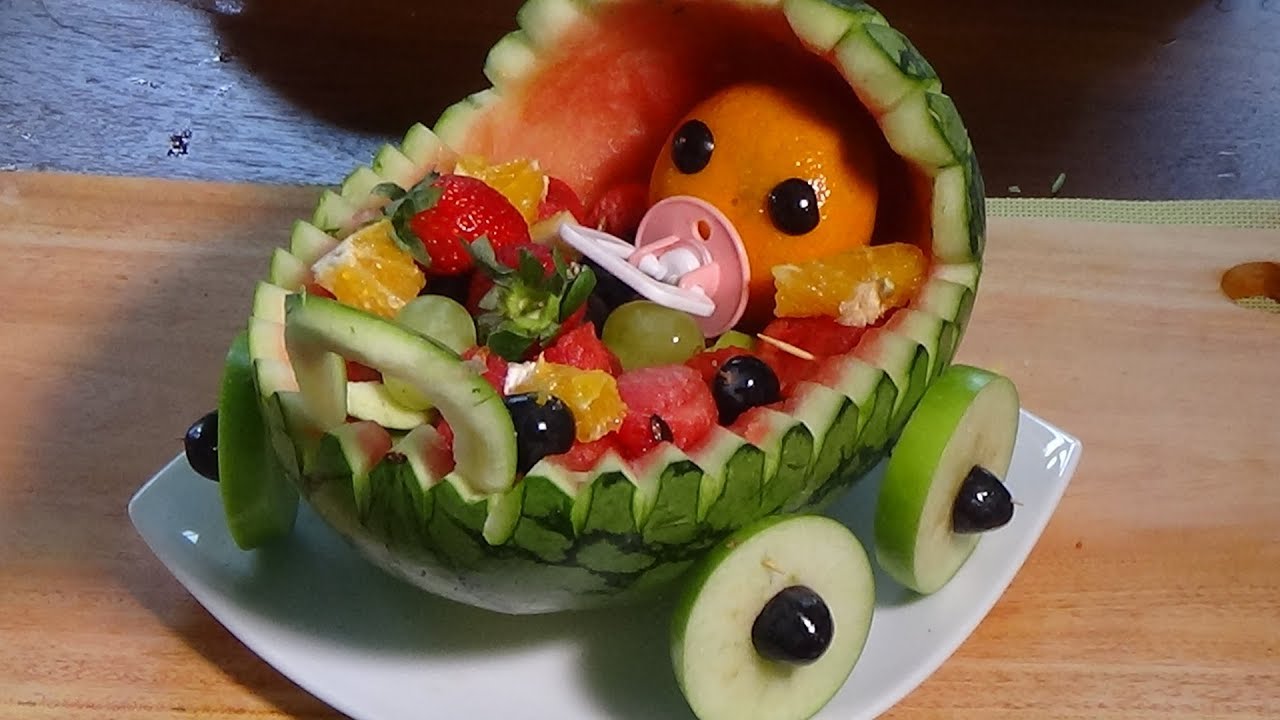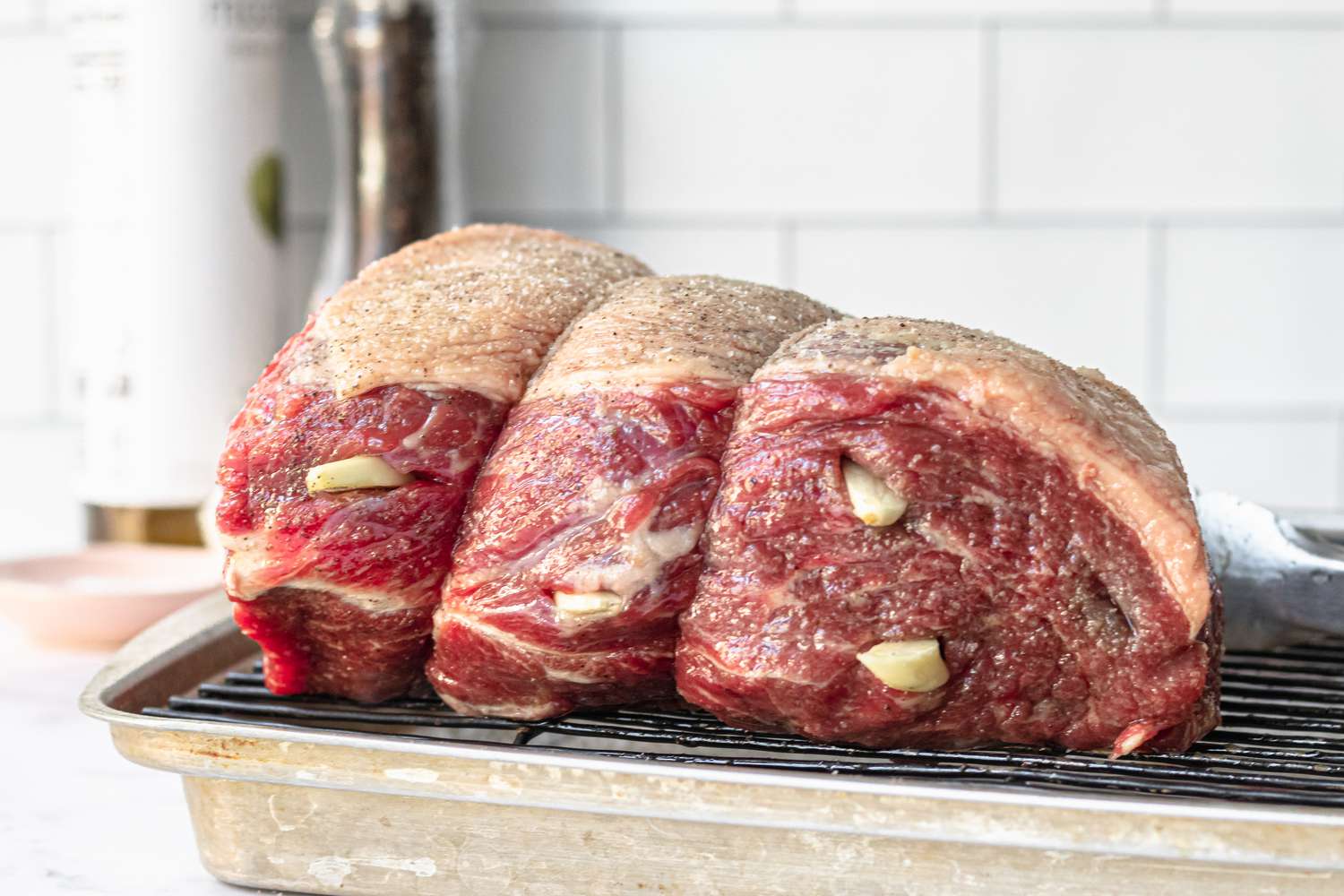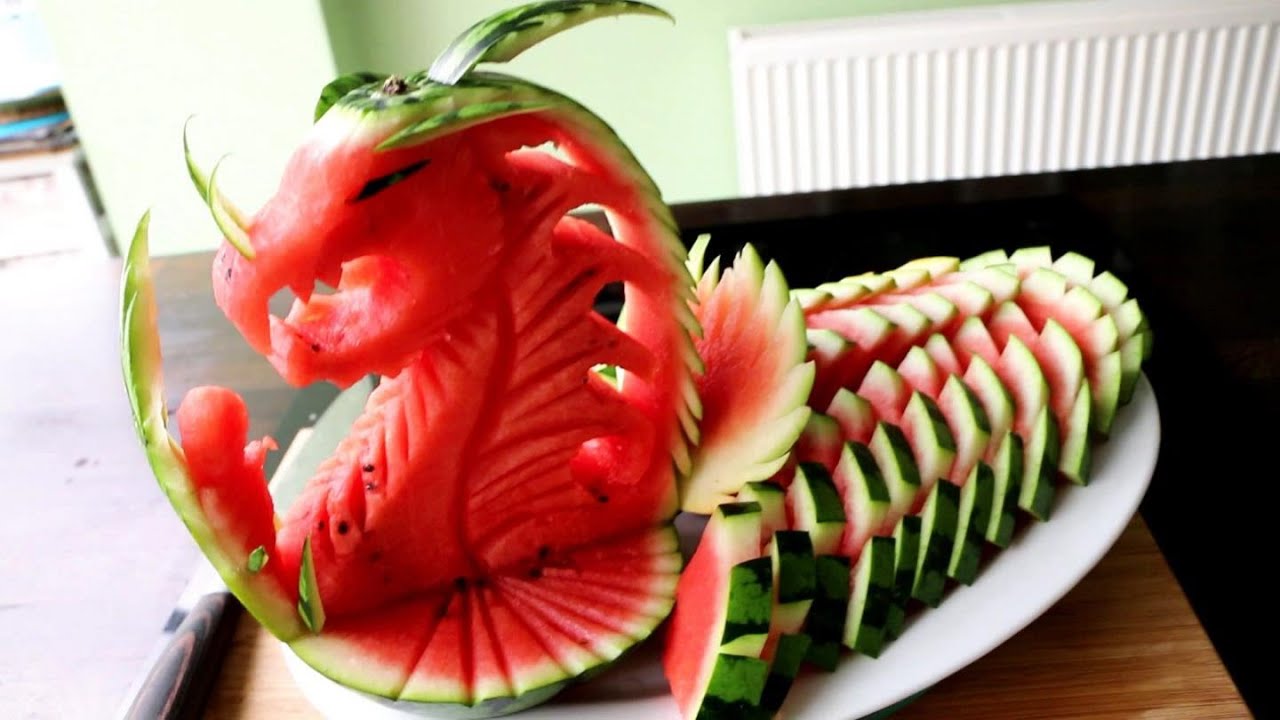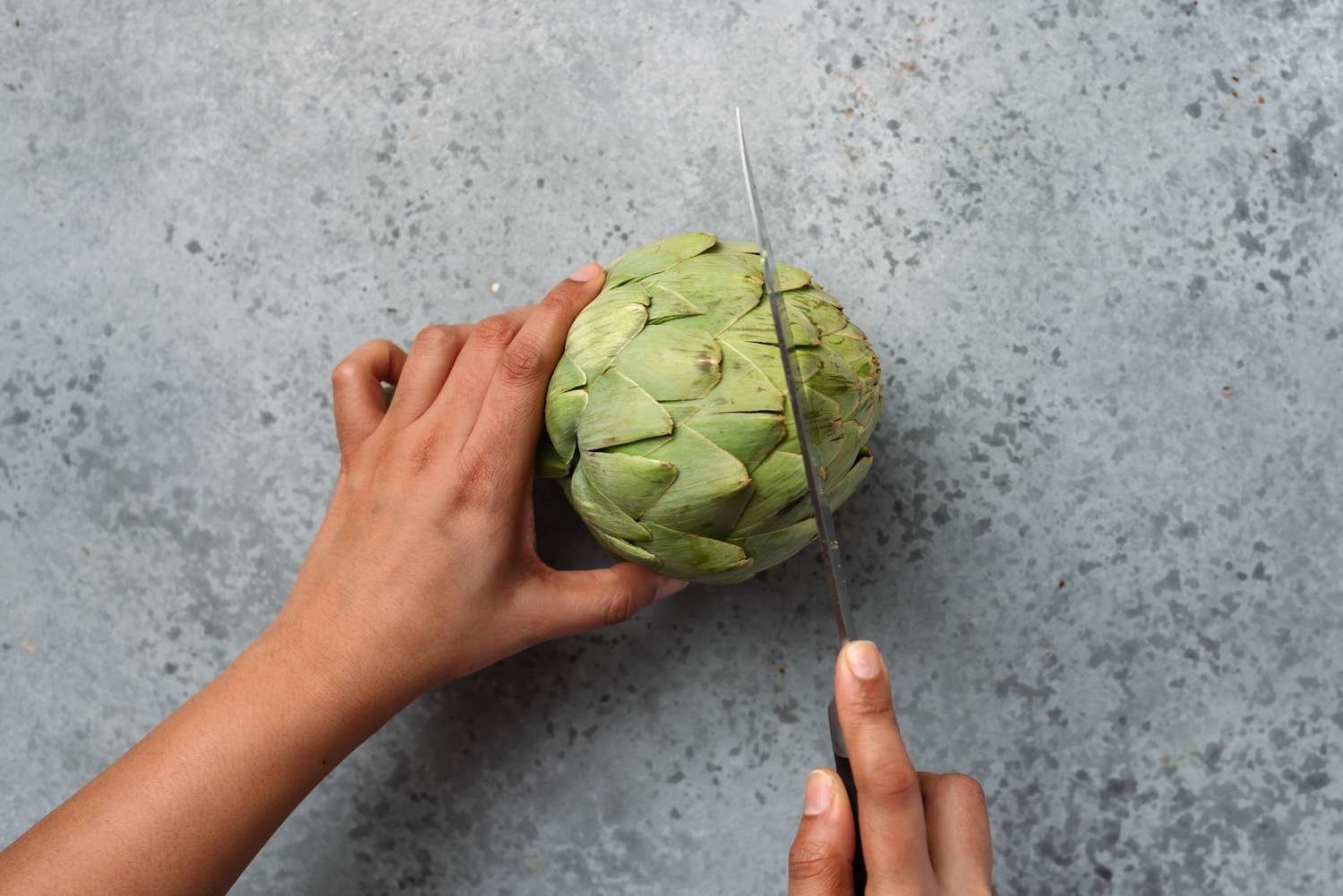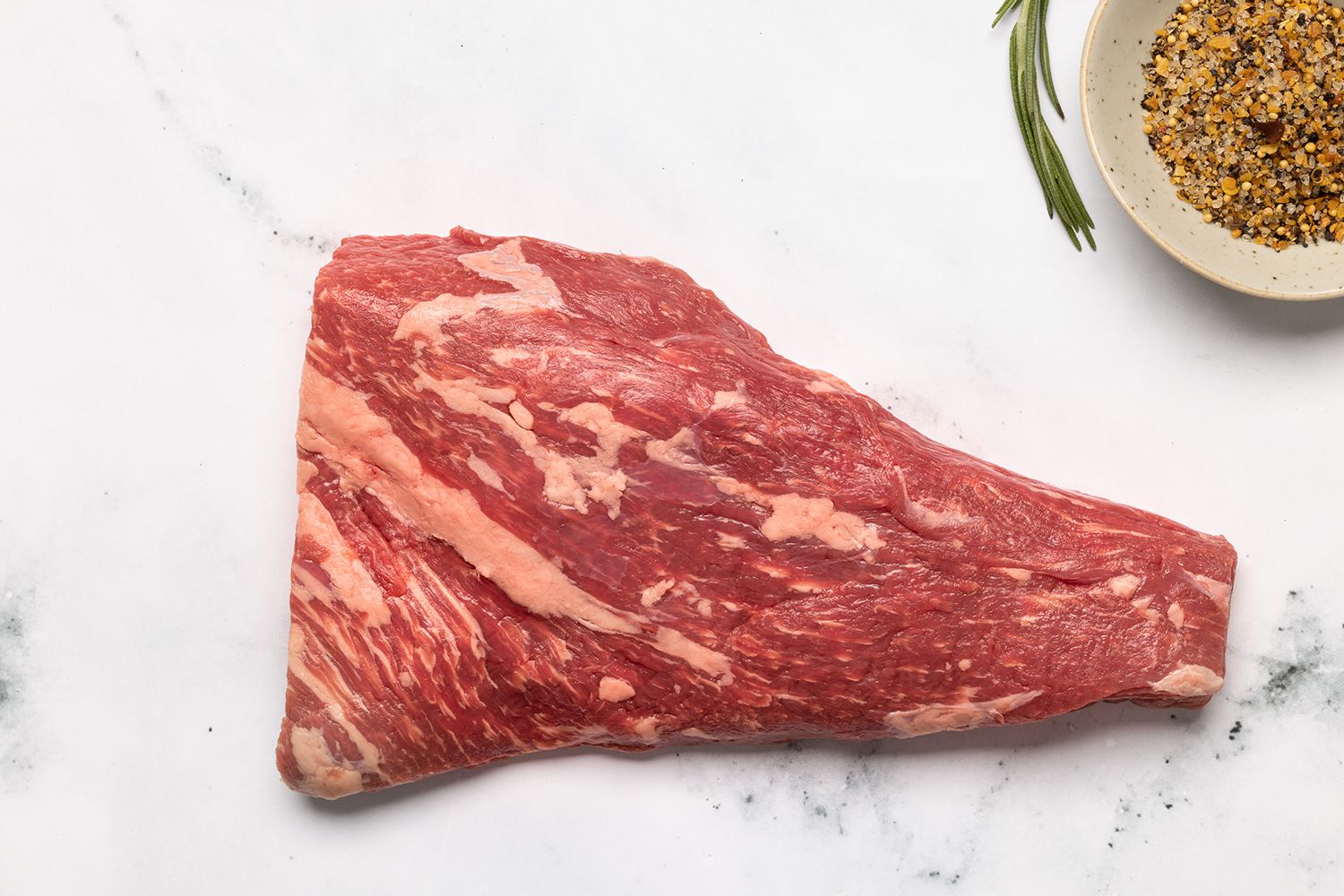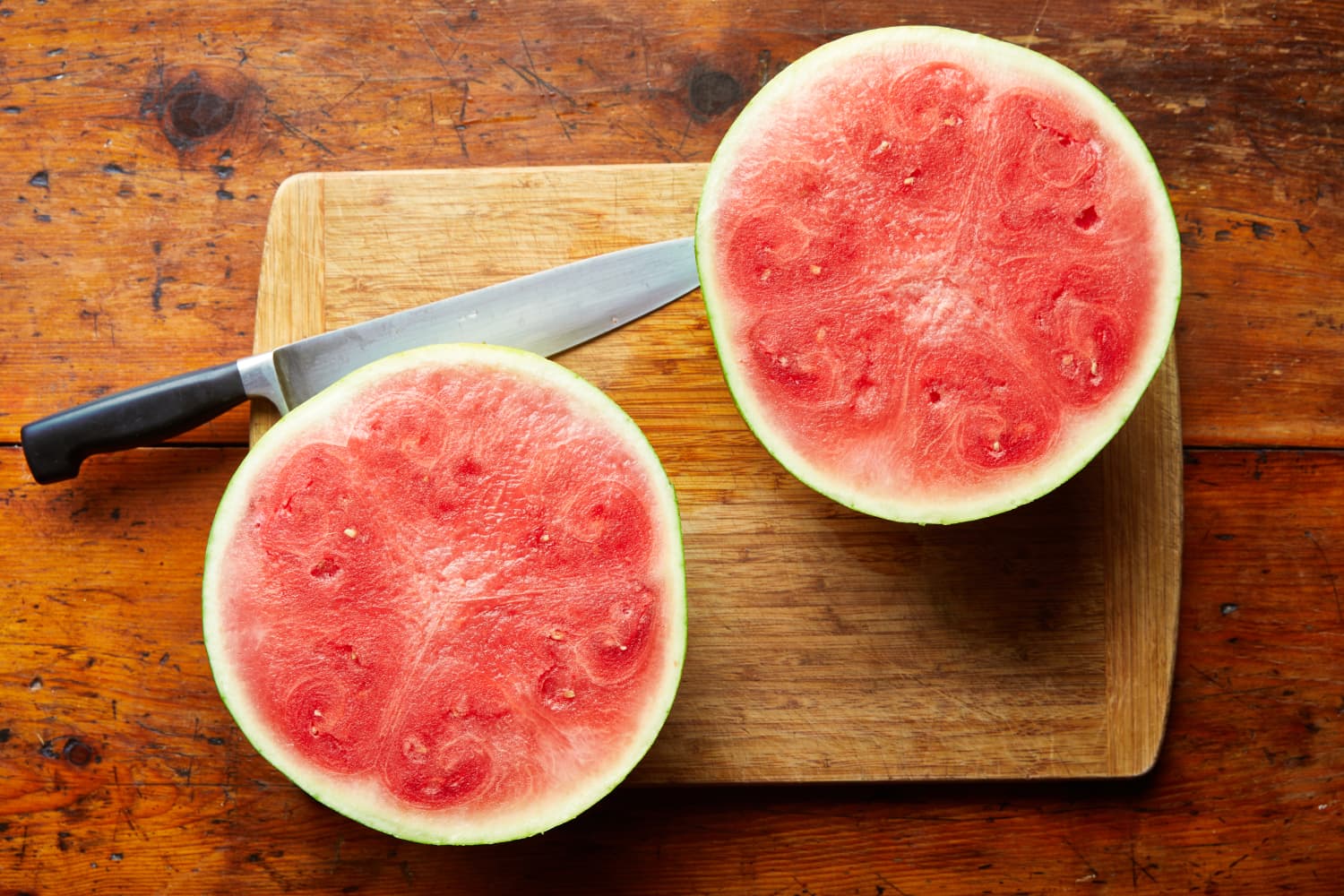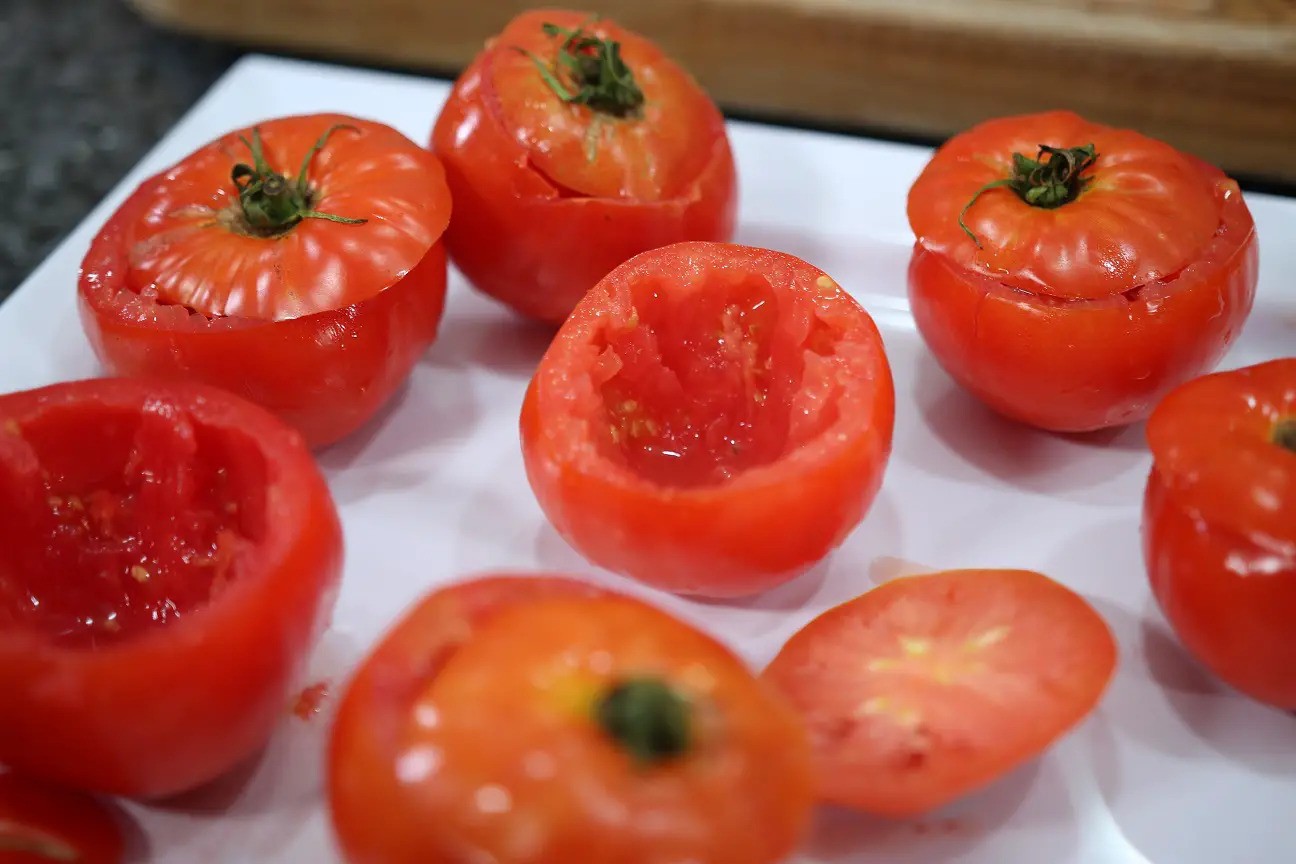How to Make a Vegetable Purée: A Delicious and Nutritious Dish
Vegetable purée is a versatile and nutrient-packed dish that can be enjoyed on its own or used as a base for other culinary creations. Whether you’re a seasoned chef or a beginner in the kitchen, making a vegetable purée is a simple and satisfying process. In this article, we will teach you the essential steps to create a flavorful and velvety vegetable purée that will leave your taste buds wanting more.
Choose your Vegetables:
To start, select a combination of fresh vegetables that appeal to your taste buds. You can use a single vegetable or create a flavorful blend of different varieties. Some popular choices for vegetable purée include:
- Carrots
- Broccoli
- Cauliflower
- Zucchini
- Sweet Potatoes
- Butternut Squash
Feel free to experiment with different vegetables to create unique flavor profiles. Remember to choose vegetables that are fresh and in season for the best taste and texture.
Preparation:
Once you have selected your vegetables, it’s time to prepare them for the purée. Here’s a step-by-step guide to get you started:
- Wash the vegetables thoroughly under running water to remove any dirt or impurities.
- Peel and chop the vegetables into small, uniform pieces. This will help them cook evenly and reduce the blending time later on.
- Place the chopped vegetables in a steamer basket and steam them until they are tender. Steaming helps to retain the vegetables’ nutrients and natural flavors.
- Alternatively, you can boil the vegetables in a pot of salted water until they are soft. However, boiling may result in some loss of nutrients.
Blending:
Once the vegetables are cooked to perfection, it’s time to blend them into a smooth and creamy purée. Follow these steps to achieve the desired consistency:
- Transfer the cooked vegetables to a blender or food processor.
- Add a small amount of the cooking liquid, such as vegetable broth or water, to help with the blending process.
- Purée the vegetables until you achieve a smooth and velvety texture. You may need to pause and scrape down the sides of the blender or processor to ensure even blending.
- If the purée is too thick, you can add more liquid and blend again until it reaches your desired consistency.
Seasoning and Serving:
At this stage, your vegetable purée is almost ready to be enjoyed. However, it’s important to season it properly to enhance the flavors. Consider adding the following ingredients:
- Salt and pepper to taste
- Herbs and spices, such as garlic, thyme, or paprika, for an extra kick of flavor
- A drizzle of olive oil or a dollop of butter for added richness
Mix the seasonings well into the purée, taste, and adjust as needed. Once seasoned to your liking, serve the vegetable purée hot as a standalone dish or as a delicious accompaniment to meat, fish, or vegetarian entrees.
Now that you know how to make a vegetable purée, you can experiment with different combinations of vegetables and seasonings to create your own signature dish. It’s a healthy and delicious way to incorporate more vegetables into your diet while enjoying a comforting and satisfying meal. So, roll up your sleeves, grab your favorite veggies, and start puréeing!
Was this page helpful?
Read Next: How To Clean, Trim, And Prepare Artichokes
